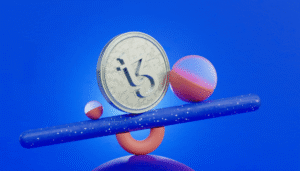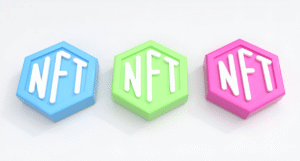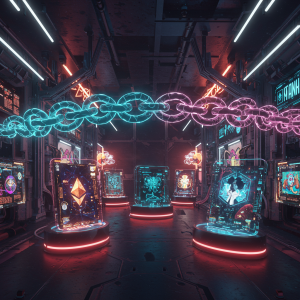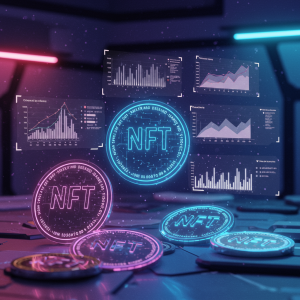How AI Is Impacting the NFT Market Positively and Negatively
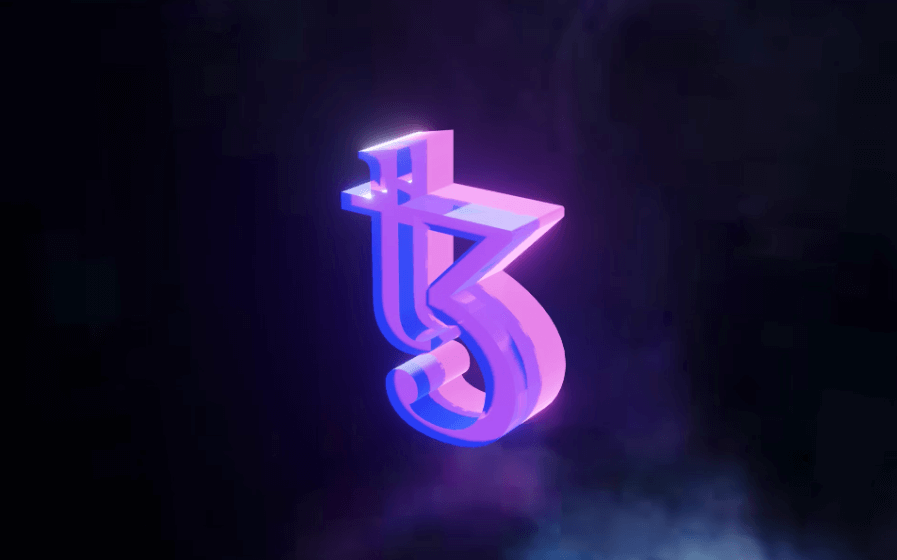
Non-Fungible Tokens (NFTs) revolutionized the digital economy by turning digital assets into unique, valuable items. But as Artificial Intelligence (AI) continues to advance, it’s impacting the NFT market in significant ways. Is this technological pairing helping or harming this burgeoning industry? Whether you’re an artist, collector, investor, or just curious about NFTs, this guide breaks down the good, the bad, and the future implications of AI within the NFT space.
How NFTs and AI Are Tied Together
NFTs are blockchain-based digital assets that certify ownership and authenticity, while AI refers to systems that mimic human intelligence to complete tasks like analysis, image creation, and predictive modeling. When they come together, we see new possibilities for creating, selling, and interacting with digital art and assets. However, this relationship is nuanced.
The effects of AI on the NFT market can be both exciting and concerning, depending on how the technology is applied. To understand the situation better, let’s examine both sides of the coin.
Positive Effects of AI on the NFT Market
Expanding Creativity and Art Creation
One of the most exciting applications of AI in the NFT world is its ability to generate art. AI tools like DALL-E and MidJourney create stunning digital pieces in seconds, allowing artists to push their creative boundaries. These AI-generated artworks can be minted into NFTs, providing new ways for creators to monetize their imaginative outputs.
For example:
-
An artist could collaborate with an AI model to create abstract works that wouldn’t be possible otherwise.
-
AI allows for generative art collections, where each NFT in a series is unique but follows a specific theme or style (e.g., the “Bored Ape Yacht Club” leveraging algorithmic uniqueness).
This innovation means more artists and tech enthusiasts, particularly those who may lack traditional artistic skills, can contribute to the NFT ecosystem.
Streamlining the Buying and Selling Process
AI has significantly enhanced the user experience in NFT marketplaces. With machine learning algorithms:
-
Buyers are presented with personalized recommendations based on their interests and past transactions.
-
Predictive pricing models help both buyers and sellers determine fair market values.
-
AI-powered fraud detection tools ensure NFTs remain legitimate and improve transaction security.
AI simplifies navigation in an often-complex digital space, encouraging more users to participate in the market.
Empowering Data-Driven Decisions
AI excels at data analysis, providing NFT collectors and investors with actionable insights. By analyzing trends on NFT marketplaces, AI platforms can:
-
Identify which NFT categories (e.g., art, music, gaming assets) are gaining popularity.
-
Forecast fluctuations in the value of specific NFTs over time.
-
Highlight long-term investment opportunities based on ownership histories, metadata, and blockchain activity.
These functionalities empower buyers and investors with valuable tools to make informed decisions about acquiring or trading digital assets.
Accessibility for a Global Audience
AI tools break down barriers. With natural language processing tools, NFT marketplaces offer multilingual capabilities, making the NFT ecosystem accessible to a global audience. Additionally, automated systems powered by AI make it easier for newcomers to understand how to mint, buy, or sell NFTs.
Negative Effects of AI on the NFT Market
Over-Saturation of the Market
While AI makes it easier to create NFTs, this can lead to overwhelming supply. Thousands of AI-generated pieces can be minted in minutes, flooding the ecosystem and decreasing the perceived value of individual collections. When potential buyers have too many options, genuine creators may struggle to stand out in an overcrowded market.
This explosion of supply may also dilute the artistic integrity of NFTs. For example:
-
A unique NFT collection risks being drowned out by mass-produced, auto-generated pieces.
-
The market’s focus may shift towards quantity rather than quality.
Challenges of Ownership and Authenticity
A key criticism of AI-generated content is determining ownership. If an AI creates an NFT, who owns the intellectual property rights? Is it the person who wrote the code, the person who requested the creation, or the AI platform? This lack of legal clarity could hurt the NFT market by creating disputes over ownership and revenue sharing.
Potential for Fraud and Plagiarism
Another downside is that AI can create NFTs that closely resemble or outright copy existing works. Some bad actors use AI to scrape publicly available art, slightly modify it, and mint it as an NFT without the original artist’s consent. This undermines trust within the ecosystem and creates challenges for marketplaces to maintain originality.
Additionally, fraud detection systems powered by AI are not perfect. Savvy scammers often stay one step ahead of defensive technologies, meaning stolen or plagiarized NFTs can still slip through.
Ethical and Technological Concerns
AI’s presence in the NFT market raises broader ethical questions:
-
Energy Usage: AI technology often works alongside blockchain systems, further exacerbating concerns about energy consumption and environmental harm.
-
Bias and Exclusivity: AI tools can unintentionally favor a specific demographic, style, or geographic region. This risks alienating diverse creators seeking a level playing field within the NFT community.
The Future of AI-Influenced NFTs
Despite the challenges, the growth of AI in the NFT market seems unstoppable. To ensure the collaboration is a net positive, the industry needs to:
-
Establish clearer legal frameworks for AI-generated content ownership.
-
Build robust tools to detect fraudulent activities within NFT marketplaces.
-
Prioritize environmental concerns by adopting energy-efficient blockchain systems like Proof of Stake (PoS).
When implemented ethically and strategically, AI has the potential to enhance the NFT space without undermining its core principles of authenticity, creativity, and uniqueness.
Should You Be Worried About AI’s Role in NFTs?
Whether AI’s involvement in NFTs is good or bad largely depends on your perspective:
-
Artists can benefit from streamlined creation and monetization opportunities, but they face competition from a flood of auto-generated works.
-
Collectors and investors gain tools for better decision-making but must sift through an increasingly saturated market.
Before dismissing or celebrating the fusion of AI and NFTs, consider how these technologies might evolve together in the future. If managed responsibly, the collaboration could lead to an exciting, enriched digital art ecosystem.
Take the Next Step in Understanding AI and NFTs
The NFT market is at a crossroads, with AI both shaping and challenging its future. To stay ahead, it’s essential to understand both the potential and the pitfalls of this technological relationship.
Want to explore how AI can elevate your involvement with NFTs? Bookmark this blog for updates and insights. Or, share your thoughts in the comments below—is AI a blessing or a bane for the NFT market? We’d love to hear from you.

